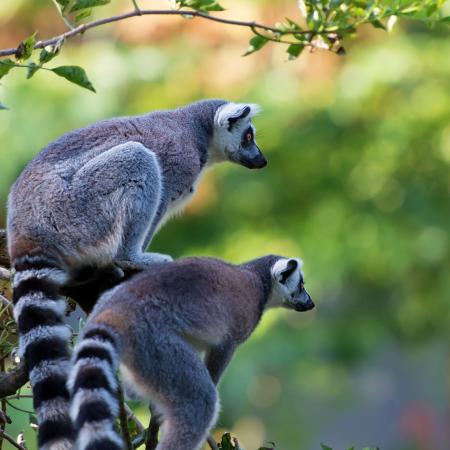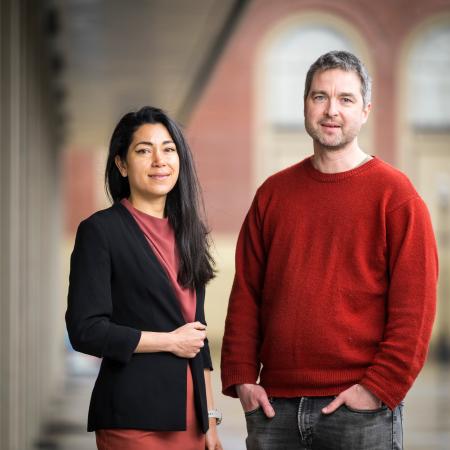The herpetological research collection at OSU is housed in Cordley Hall, curated by emeritus professor Stephen J. Arnold. The research collection consists of more than 50,000 ethanol-preserved amphibians and reptiles and approximately 20,000 frozen tissue samples. A smaller series of preserved amphibians and reptiles is part of the Vertebrate Teaching Collection curated by professor Robert T. Mason and includes the largest collection of garter snakes (Thamnophis) in the world.
The research collection was begun by herpetologists in the Department of Zoology. Professor Robert T. Storm and his students were especially instrumental in building a collection core focused on Oregon and adjacent regions in the Pacific Northwest. Much additional material in the collection was assembled in the course of quantitative genetic and behavioral research by Arnold and emeritus professor Lynne. D. Houck and their students. This portion of the collection (about 40,000 specimens) is biased towards taxa that have been central to the Houck/Arnold research program. The natricine snake collection, for example, includes approximately 2900 families consisting of mothers and their broods. Most of these families represent matings in the wild, but approximately 250 represent captive breeding within and between populations.
Several digitized data sets are indexed to the whole animal and frozen tissue collection. The data are managed in a relational data base and consist of:
- a specimen catalog indexed by specimen number with data on site and date of capture, species identification, sex, body size
- a frozen tissue catalog indexed by specimen number, with data on type of tissue
- a birth catalog indexed by specimen number with data on the parents of captive-born broods, birth weights and mass, size and mass of dam
- field notes representing the period 1962-present. Notes from the period 1970-present have been digitized and are indexed by locality and date
- a collection of several hundred locality and specimen photographs (some digitized) indexed by locality and date
- a gazetteer with data on the 1200+ localities represented in the collection, giving latitude, longitude, county and country for each locality.




